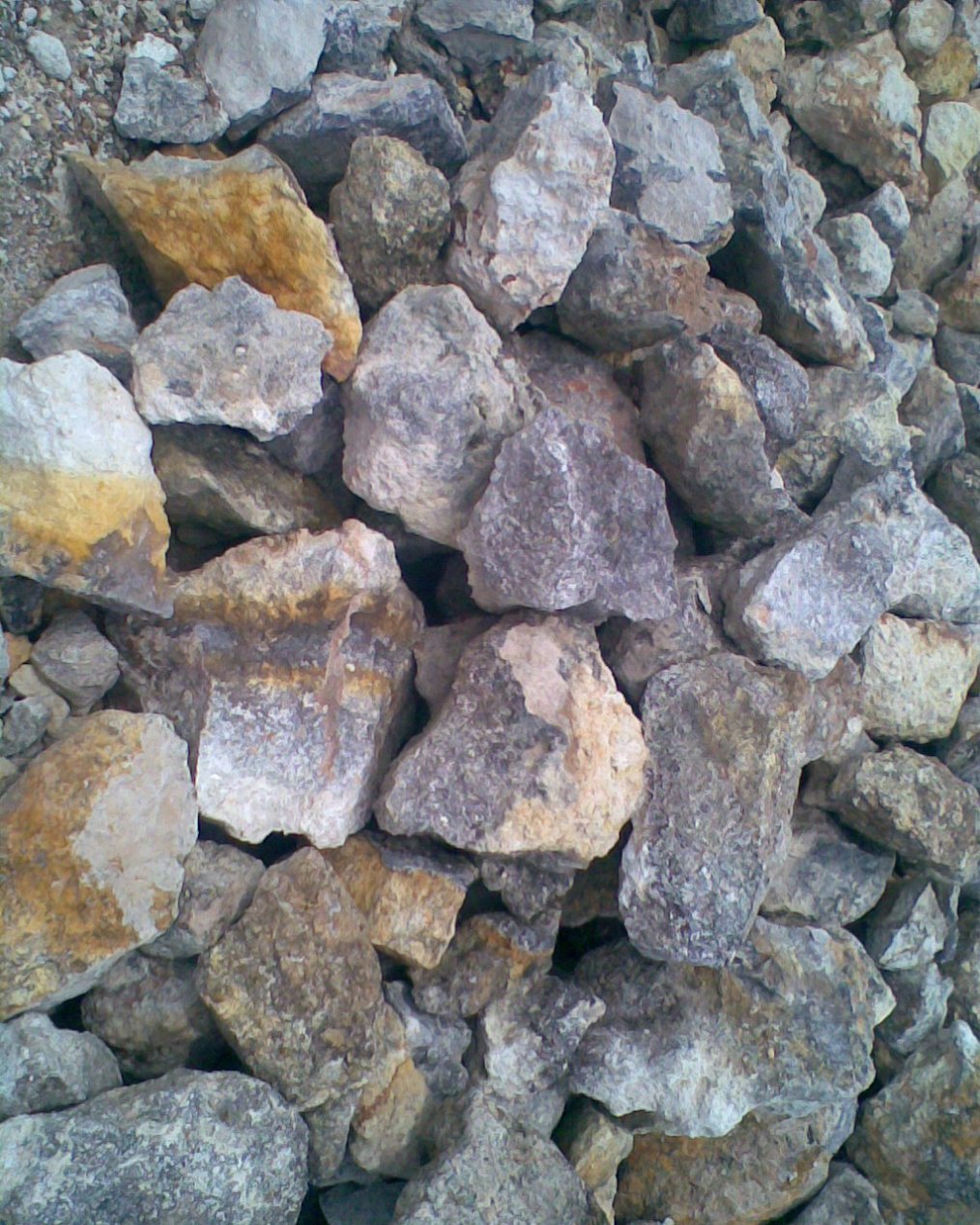Azolla si suplier Hara, sebagai substitusi pupuk anorganik
Sebagaimana kita ketahui, pengembangan pertanian khususnya padi sawah merupakan tanaman budidaya yang secara luas telah banyak dikembangkan dibeberapa negara termasuk di Indonesia. Salah satu permasalahan yang kini dihadapi para petani adalah menurunya kesuburan lahan. Permasalahan ini secara umum disebabkan karena terus dipacunya lahan untuk berproduksi semaksimal mungkin secara terus menerus untuk mengejar peningkatan produktivitas.
Tidak disadari hal ini berakibat pada pengurasan unsur hara dari dalam tanah secara tidak terkendali, terutama unsur hara Nitrogen dan yang lebih kritis lagi adalah makin berkurangnya bahan organik di dalam tanah. Untuk mengatasinya diperlukan input yang bukan hanya mampu menyediakan unsur hara terutama Nitrogen namun sekaligus mampu memperkaya bahan organik tanah. Input ini berperan sebagai suplemen tambahan pupuk kimia yang biasa di pakai oleh para petani.
Salah satu sumber input alternatif ini Azzola. Azzola adalah pupuk hijau yang dapat dijadikan sebagai sumber Nitrogen (N) alternatif yang cocok dikembangkan oleh para petani dan sangat mudah untuk diaplikasikan serta relatif murah karena tidak memerlukan biaya tambahan yang memberatkan petani.
Azolla terbukti meningkatkan produksi padi karena mampu menghasilkan nitrogen yang diperlukan tanaman. Tumbuhan air itu mengumpulkan 2-4 kg nitrogen/ha/hari, setara 10-20 kg amonium sulfat. Kemampuan itu karena peran ganggang biru Anabaena azollae. Melalui hubungan saling menguntungkan, azolla menghasilkan nutrisi dan rongga daun untuk berlindung bakteri, sedangkan si bakteri mengikat nitrogen untuk tanamannya. Dalam kondisi menguntungkan, populasi azolla berlipat ganda dalam 3—5 hari. Nitrogen terikat jauh lebih banyak dibandingkan tanaman anggota famili Leguminosae alias kacang-kacangan.
Pemakaian azolla di berbagai negara terbukti menaikkan produktivitas padi 10—30%. Makanya petani di Cina dan Vietnam puluhan abad memanfaatkannya. Orang Vietnam memanfaatkan azolla sebagai pabrik pupuk nitrogen yang tidak bisa rusak. Saat perang Vietnam berkecamuk, azolla tetap diproduksi secara alami. Terbukti, meski dalam kondisi terimpit, Vietnam tetap mampu mengeskpor beras. Penggunaan azolla dapat mengurangi ketergantungan terhadap pupuk buatan, yang pemanfaatannya dalam jangka panjang kurang menguntungkan bagi kesehatan manusia dan menurunkan sifat granulasi tanah.
Azolla sebenarnya gampang dibudidayakan. Siapkan sebidang tanah berukuran 100 m2 untuk persemaian. Sebaiknya tanah itu dibuat seperti sawah yang tentu saja sudah dicangkul dan diairi setinggi 5—7 cm. Masukkan sekitar 7 kg azolla ke kolam. Agar pertumbuhan lebih cepat, taburkan pupuk kandang saat persiapan kolam. Dalam tempo seminggu, permukaan air sudah tertutupi azolla.
| Chemical Composition of Azolla | ||
| Sl. No | Constituents | Composition on Dry Weight Basis (%) |
| 01. | Ash | 10.5 |
| 02. | Crude Fibre | 9.1 |
| 03. | Crude Fat | 3.0 – 3.3 |
| 04. | Starch | 6.5 |
| 05. | Soluble Sugar | 3.5 |
| 06. | Crude Proteins | 24.0 – 30.0 |
| 07. | Nitrogen | 4.0 – 5.0 |
| 08. | Phosphorus | 0.5 – 0.9 |
| 09. | Potassium | 2.0 – 4.5 |
| 10. | Calcium | 0.4 – 1.0 |
| 11. | Magnesium | 0.5 – 0.6 |
| 12. | Manganese | 0.11 – 0.16 |
| 13. | Iron | 0.06 – 0.26 |
| 14. | Chlorophyll | 0.34 – 0.55 |
| 15. | Water Holding Capacity | 360 |
| 16. | Color | Brownish |
| 17. | Smell | Fishy |
| 18. | Moisture Content | 94 (Fresh Azolla) |
Apakah Azzola itu?
Azzola adalah semacam tumbuhan paku air yang berukuran mini sekitar 3-4 cm yang bersimbiosis dengan bakteri Cyanobacteria pemfiksasi Nitrogen yaitu bakteri Anabaena azzollae. Simbiosis ini menyebabkan azzolla mempunyai kualitas hara yang baik. Azzolla sudah berabad-abad digunakan oleh para petani di Cina dan Vietnam. Sebagai sumber Nitrogen bagi padi sawah.
Azzola secara alami tumbuh di banyak kawasan seperti di Asia, Amerika dan Eropa. Azzolla mempunyai beberapa spesies, antara yang sudah diidentifikasi seperti Azolla caroliniana, Azolla filiculoides, Azolla mexicana, Azzolla microphylla, Azolla nilotica, Azolla pinnata var pinnata, Azolla pinnata var imbricata dan Azolla rubra.
Azzola sebagai Sumber Penyumbang Nitrogen (N).
Badan Tenaga Atom Internasional (IAEA) telah mengadakan penelitian internasional termasuk di dalam Badan Tenaga Atom Nasional (BATAN) terlibat di dalamnya. Hasil penelitian tersebut menunjukkan bahwa Azzolla yang bersimbiosis dengan Anabaena azzollae dapat memfiksasi N2 Udara dari 70% – 90%. N2 fiksasi yang terakumulasi ini yang dapat digunakan sebagai sumber N bagi padi sawah. Dari beberapa penelitian diperoleh bahwa laju pertumbuhan Azzolla adalah 0,355 – 0,390 gram per hari (di laboratorium) dan 0,144 – 0,890 gram per hari (di lapangan).
Pada umumnya biomassa Azzolla maksimum tercapai setelah 14 – 28 hari setelah inokulasi. Dari hasil penelitian BATAN diketahui bahwa dengan menginokulasikan 200 gram Azzolla segar per meter persegi maka setelah 3 minggu Azzolla tersebut akan menutupi seluruh permukaan lahan tempat Azzolla tersebut ditumbuhkan. Dalam keadaan ini dapat dihasilkan 30 – 40 kilogram Nitrogen per hektar. Jumlah ini kira-kira setara dengan 100 kilogram Urea. Hasil penelitian ini juga menunjukkan bahwa Azzolla dapat tumbuh dan berkembang dengan lebih baik pada musim kemarau.
Lapisan Azzolladi atas permukaan lahan sawah dapat menghemat penggunaan Urea sebesar 50 kilogram Urea per hektar. Kadangkala bila musim sangat baik, Azzolla dapat menghemat pemakaian pupuk Urea sampai 100 kilogram Urea per hektar. Dengan demikian aplikasi Azzollla di lahan padi sawah dapat menghemat penggunaan pupuk buatan.
Menakjubkan bukan, kekayaan alam hayati Indonesia, jika digali dan dimanfaatkan terus…………..
Mengapa tidak kita mulai dari sekarang…?

